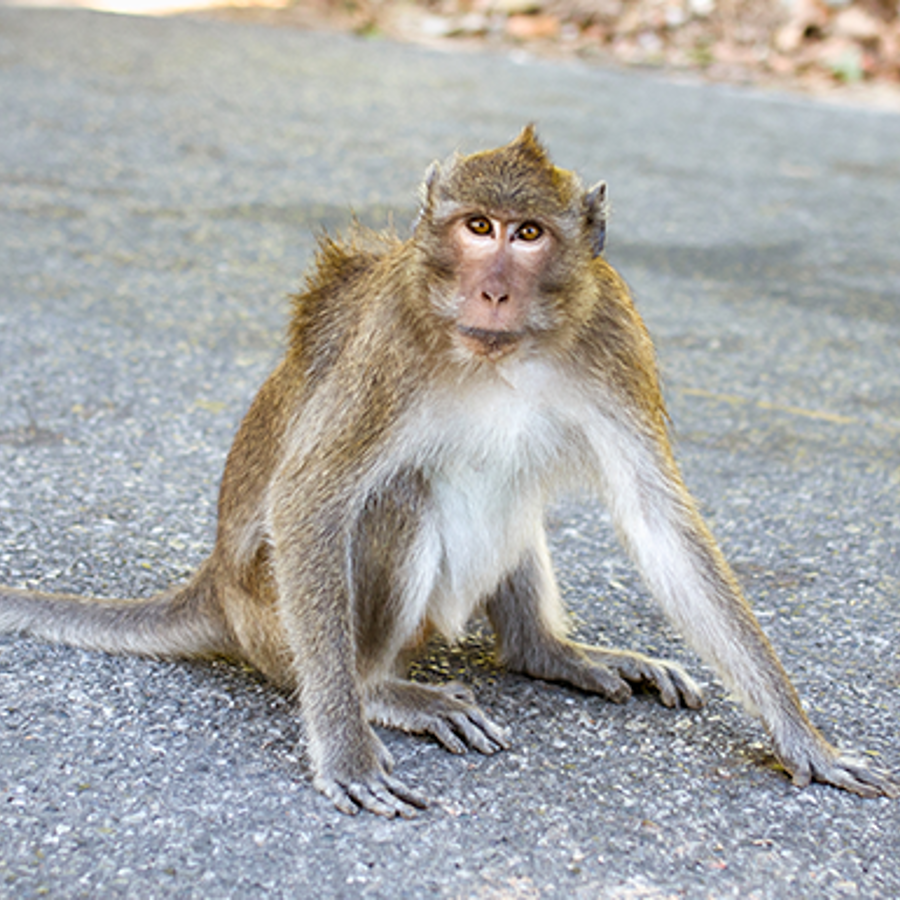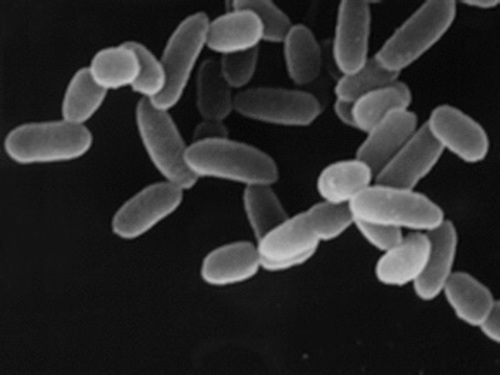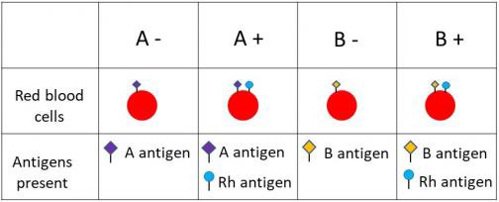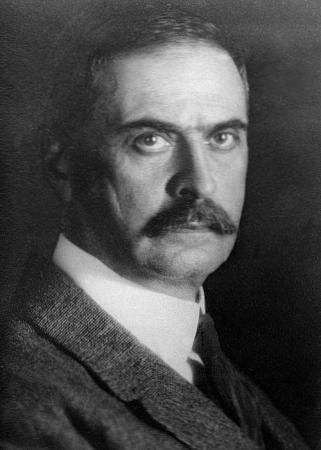
What is Rhesus factor? Did we get it from Rhesus monkeys? Can Rh factor be found in other animals?
November 20, 2018

- Related Topics:
- Blood type,
- Rh factor,
- Evolution,
- Human evolution
A curious adult from Arkansas asks:
“What is Rhesus factor? Did we get it from Rhesus monkeys? Can Rh factor be found in other animals?”
Rhesus factor is a part of your blood type. It’s the “+” or “-” in A+, B-, O+, etc.
Just like A is a blood type from ABO blood group, Rh factor is a blood type from Rhesus blood group. There are other posts on this site that talk about the basics of Rhesus factor, so here I will talk more about the evolution of Rhesus factor, and blood type in animals.
Where did Rhesus factor come from?
It did get its name from the Rhesus macaque monkey, but not because we got it from them! Scientists just happened to first discover this blood type in Rhesus monkeys.
It turns out that some forms of Rhesus molecules are found in most life forms … ranging from algae to fish to human! Even a few kinds of bacteria have Rh molecules.
Rhesus factor has an even more ancient origin. It’s descended from a molecule called Amt. Amt is found in every living thing -- even in Archaea, which is possibly the most ancient life form on Earth.

But wait, how do scientists know Rh is similar to Amt?
To learn where Rh came from, scientists compared Rh to a bunch of other molecules. When you do this, you find that other animals have very similar Rh! But Rh in other species is not exactly the same. There will be a few changes, which cause the Rh molecules of those animals to be slightly different from yours.
When they did this comparison, scientists also found that Rh is very similar to a different molecule: Amt. Rh and Amt have similar DNA instructions. In the same way that DNA has instructions for what you might look like, it also has instructions for how your molecules get made. You have a piece of DNA that makes Rh molecules – and that DNA looks very similar to the DNA instructions for Amt.
Rh and Amt don’t just share DNA sequence: they also have similar jobs! Just like Rh molecules, Amt carries and distributes gas within cells.
Since Amt is found in really ancient lifeforms like Archaea, we know that Rh must have evolved from that more ancient protein.

Rh in non-humans
I mentioned that other animals have some forms of Rh … but it doesn’t automatically mean that they have Rhesus blood group!
Blood groups are determined by different groups of antigens present on red blood cells. Similar to antennas on stereo to catch radio signals, antigens are present on cells to read signals from their environment.
So to have blood type A, B, AB, or O, your red blood cells will have A antigen, B antigen, both A and B antigens, or neither. And to have Rhesus blood type, your red blood cells should have Rh antigens.
This means that you only have Rhesus blood group if you have Rh antigens on your red blood cells.
For example, the worm C. elegans has Rh molecules. But since they don’t have red blood cells, they cannot have Rhesus blood type! In C. elegans, Rh just transports ammonia gas out of the worms.

Blood groups in other animals
So far, we have only scratched the surface by talking about Rhesus group in humans. As of now, there are 36 recognized human blood groups.
And humans aren't the only species with different blood types!
Cats also have an ABO blood system, though it’s not exactly the same as ours. Other animals have entirely different blood groups. Dogs can have type A, B, C, D, F, or Tr blood. Pigs can have Ea, Eb, Ga, Ha, and Ka blood. Horses have groups A, C, D, K, P, Q, and U.
Like in humans, blood groups in animals vary by region. And just like in humans, it’s necessary to match blood types during a transfusion!


Author: Shein Ei Cho
When this answer was published in 2018, Shein was a Ph.D. candidate in the Department of Biology, studying calcium signaling in cells in Martha Cyert’s laboratory. She wrote this answer while participating in the Stanford at The Tech program.
 Skip Navigation
Skip Navigation
